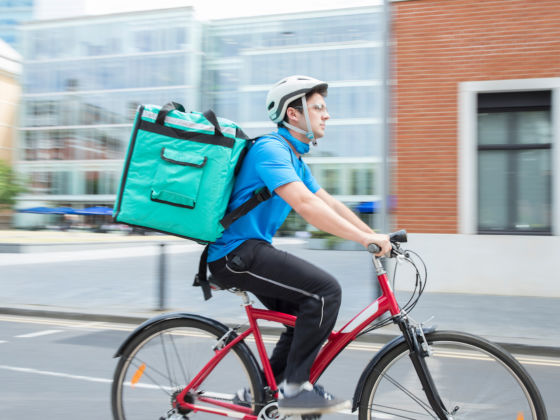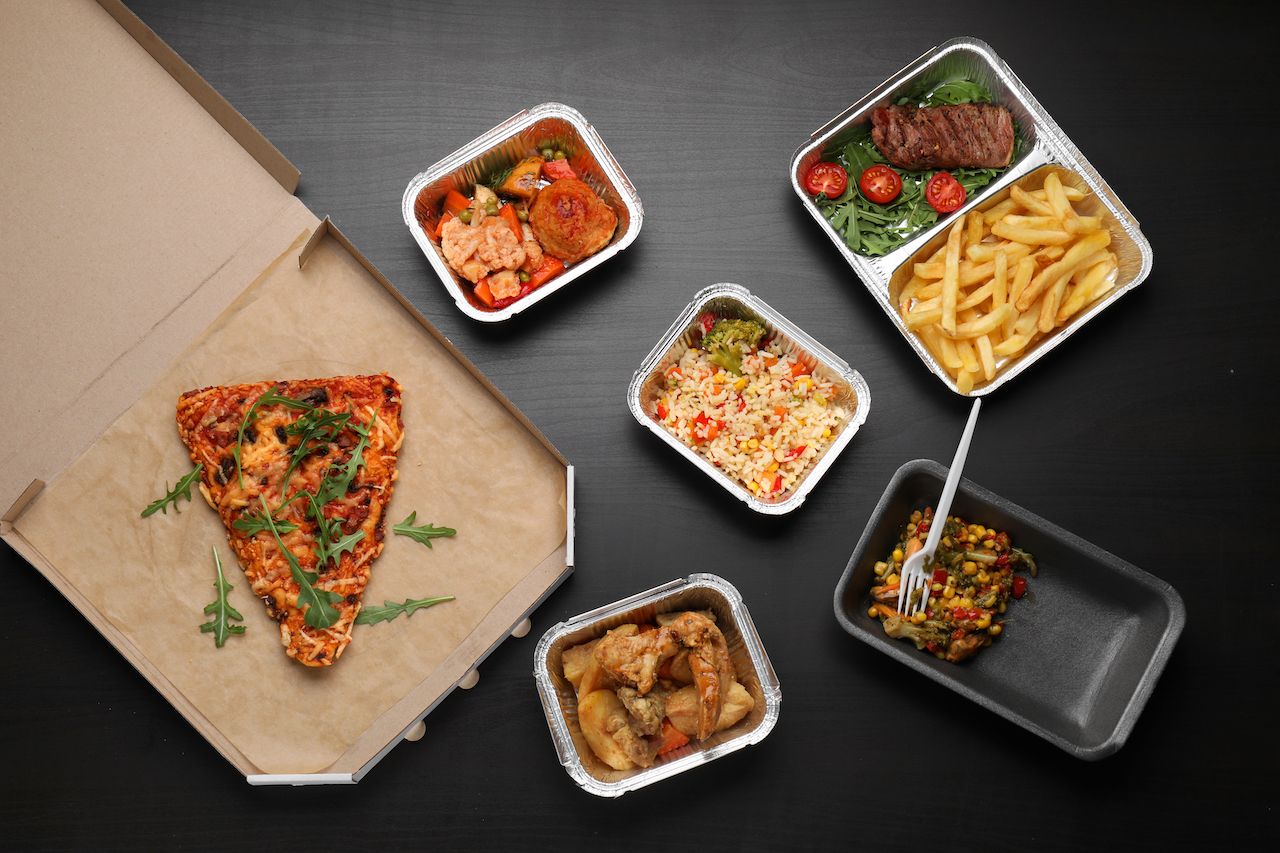Okay, yes, there’s all the stuff like gross human rights violations, rhino poachers, unstable governments, and dubstep. But let’s talk about problems on an immediate level. The stuff that affects you and me and the family members whose calls you ignore. Societal issues like environmental degradation, increased isolation, obesity, affordable housing, and bad dating. Things we all complain about while deciding whether to order from Uber Eats or Postmates without realizing how our default of ordering dinner on our smartphones is tearing down society.
I’m not going to rant about how something as trivial as food delivery is the root of all evil, the spawn of Satan dressed up as a guy in a Kia with a microwavable bag, because the world is far more complicated than that. But delivery food isn’t making any of our problems better, either, and it probably contributes more to our ills than any of us would like to admit.


